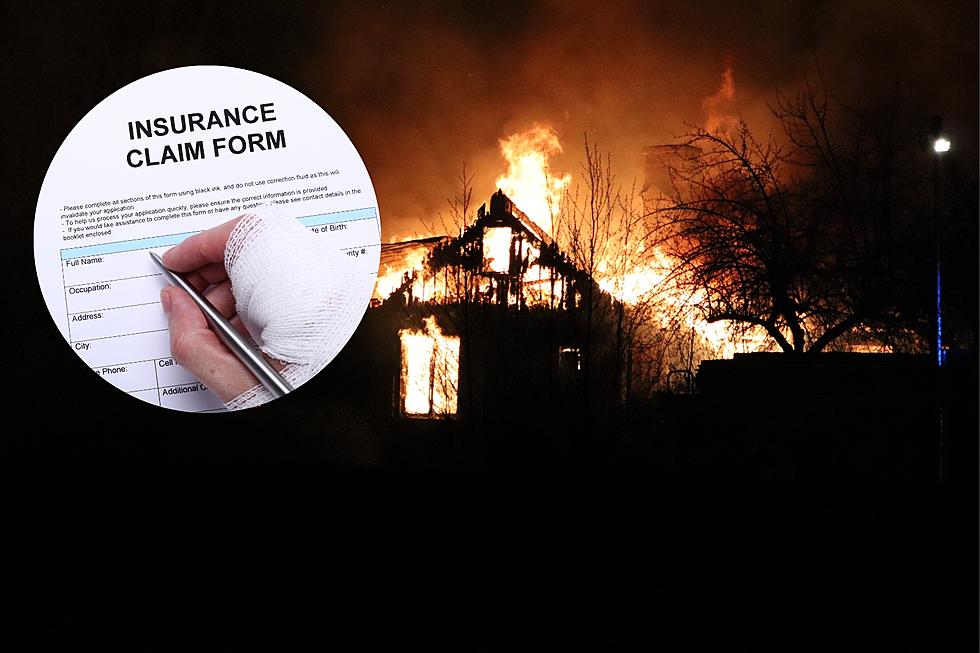
WA Insurance Commish Has Advice for Filing Wildfire Damage Claims
WA State Insurance Commissioner Mike Kreidler is offering wildfire protection advice for homeowners.

Your homeowner's insurance policy should cover your home in the event of a fire, unless you intentionally set the fire on your own.
“Wildfire season is becoming a more dangerous, and regularly occurring, threat in our state due to climate change,” Kreidler said. “It’s important to make sure you’re not only prepared to keep yourself safe, but to protect your property with the right coverage if disaster strikes.”
Precautions to take to protect your home from wildfire:
Access to water should be available. If you're located in a rural area, install a water pump.
Clear a natural firebreak between your home and outbuildings, trees, woodpiles, and any flammable materials.
Use fire-resistant materials and roofing.
After a fire, follow these steps:
After you and your household members are safe, immediately contact your insurance company.
Don’t throw out any damaged items until your insurance company has a chance to inspect them.
If your home is not livable, your policy may provide coverage for temporary housing. Ask your insurance company if they can help.
Obtain a complete copy of your insurance policy, including your declaration page and any endorsements. Read and understand your coverages, especially the “Duties after Loss” section. If you do not understand your policy, get help from an insurance professional.
You have a duty to protect your property from further damage, which may include mitigation, emergency repairs, or temporary repairs. You may need to retain a licensed professional for this work. Be sure to discuss the process with your insurance company. Don’t make any permanent repairs until after your company has inspected your damaged property.
Keep your receipts and organize them.
Save all emails and electronic and paper documentation related to the claim.
Document and support your claim with photos, details, estimates, etc. to prove your loss. Do not pad or exaggerate your claim — that is insurance fraud and you can be charged with a crime.
Keep copies of everything!
For more information click the button below.
LOOK: The most expensive weather and climate disasters in recent decades
25 costliest hurricanes of all time
KEEP READING: Get answers to 51 of the most frequently asked weather questions...
LOOK: The most extreme temperatures in the history of every state
More From 870 AM KFLD








